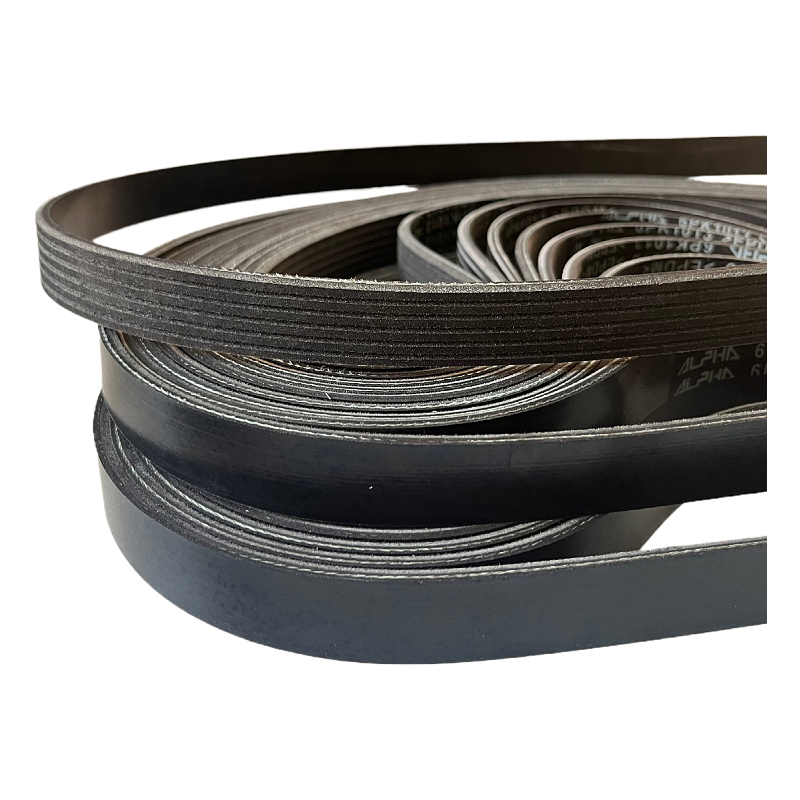- Arabic
- French
- Russian
- Spanish
- Portuguese
- Turkish
- Armenian
- English
- Albanian
- Amharic
- Azerbaijani
- Basque
- Belarusian
- Bengali
- Bosnian
- Bulgarian
- Catalan
- Cebuano
- Corsican
- Croatian
- Czech
- Danish
- Dutch
- Afrikaans
- Esperanto
- Estonian
- Finnish
- Frisian
- Galician
- Georgian
- German
- Greek
- Gujarati
- Haitian Creole
- hausa
- hawaiian
- Hebrew
- Hindi
- Miao
- Hungarian
- Icelandic
- igbo
- Indonesian
- irish
- Italian
- Japanese
- Javanese
- Kannada
- kazakh
- Khmer
- Rwandese
- Korean
- Kurdish
- Kyrgyz
- Lao
- Latin
- Latvian
- Lithuanian
- Luxembourgish
- Macedonian
- Malgashi
- Malay
- Malayalam
- Maltese
- Maori
- Marathi
- Mongolian
- Myanmar
- Nepali
- Norwegian
- Norwegian
- Occitan
- Pashto
- Persian
- Polish
- Punjabi
- Romanian
- Samoan
- Scottish Gaelic
- Serbian
- Sesotho
- Shona
- Sindhi
- Sinhala
- Slovak
- Slovenian
- Somali
- Sundanese
- Swahili
- Swedish
- Tagalog
- Tajik
- Tamil
- Tatar
- Telugu
- Thai
- Turkmen
- Ukrainian
- Urdu
- Uighur
- Uzbek
- Vietnamese
- Welsh
- Bantu
- Yiddish
- Yoruba
- Zulu
aug. . 16, 2024 16:06 Back to list
Timing Belt Replacement Guide for Volvo S40 Models and Maintenance Tips
The Importance of Timing Belts for Volvo S40 A Comprehensive Guide
The Volvo S40, a compact executive car that has garnered a reputation for its safety, reliability, and stylish design, is cherished by many. However, like any vehicle, ensuring that its components are well-maintained is crucial for optimal performance. One of the most vital parts of any car's engine system is the timing belt. This article will delve into the significance of the timing belt for the Volvo S40, covering its function, maintenance, and replacement.
What is a Timing Belt?
The timing belt is a critical engine component that synchronizes the rotation of the crankshaft and the camshaft. This synchronization is essential for the precise timing of the engine's valves, allowing for efficient combustion. In essence, the timing belt ensures that the engine's internal components work harmoniously, which is fundamental for optimal engine performance and fuel efficiency.
Why Timing Belt Maintenance Matters
For the Volvo S40, regular maintenance of the timing belt is non-negotiable. Over time, the belt may experience wear and tear due to heat, stress, and environmental factors. If the timing belt fails, the consequences can be catastrophic. A broken timing belt can lead to severe engine damage, including bent valves or a damaged crankshaft, resulting in costly repairs or even requiring a complete engine replacement. To prevent such issues, Volvo owners should adhere to the manufacturer’s recommended maintenance schedule.
How to Know When to Replace the Timing Belt
timing belt for volvo s40

Typically, the timing belt on a Volvo S40 needs to be replaced every 60,000 to 100,000 miles, but this can vary based on driving conditions and maintenance practices. Some common signs that indicate it may be time for a replacement include
1. Unusual Noises A worn-out timing belt can produce a grinding or squeaking noise, especially when the engine is running. 2. Engine Performance Issues If the engine struggles to start or exhibits irregular performance, it may be related to the timing belt. 3. Oil Leaks The timing belt runs alongside various seals and gaskets. If these fail, you might notice oil leaks. 4. Visible Wear Inspections may reveal cracks, fraying, or any other visible damage to the timing belt.
Replacement Process
Replacing the timing belt on a Volvo S40 is a task best left to professionals unless you have advanced mechanical skills. The process involves
1. Removing Engine Components For access, components such as the engine cover, pulleys, and other parts must be removed. 2. Replacing the Timing Belt The old belt is taken off, and the new belt is installed with careful attention to alignment markers on the crankshaft and camshaft. 3. Replacing Associated Components Repairs often include replacing the tensioner, idler pulley, and water pump to prevent future complications. 4. Reassembling Once the new belt is securely in place, all components are reattached carefully.
Conclusion
The timing belt is a crucial component of the Volvo S40's engine, playing a significant role in overall performance and longevity. Regular inspections, adherence to maintenance schedules, and timely replacements are vital for preventing potential engine failures. By being proactive about timing belt maintenance, Volvo S40 owners can ensure their vehicles continue to deliver the reliability, safety, and performance they are known for. When in doubt, consulting a professional mechanic can provide you with the assurance needed to keep your vehicle running smoothly for years to come.
-
Korean Auto Parts Timing Belt 24312-37500 For Hyundai/Kia
NewsMar.07,2025
-
7PK2300 90916-T2024 RIBBED BELT POLY V BELT PK BELT
NewsMar.07,2025
-
Chinese Auto Belt Factory 310-2M-22 For BMW/Mercedes-Benz
NewsMar.07,2025
-
Chinese Auto Belt Factory 310-2M-22 For BMW/Mercedes-Benz
NewsMar.07,2025
-
90916-02660 PK Belt 6PK1680 For Toyota
NewsMar.07,2025
-
drive belt serpentine belt
NewsMar.07,2025

